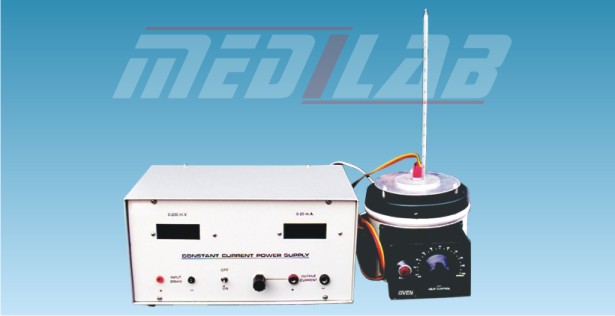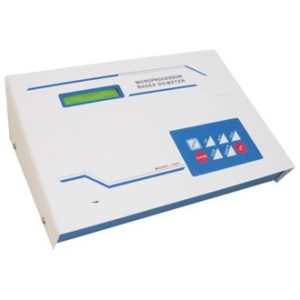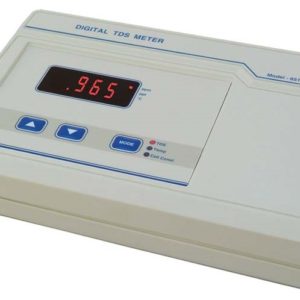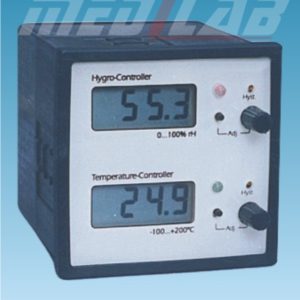Description
Resistivity Of Semi-Conductor By Four Probe Method resistivity of a semiconductor by the four probe method is a laboratory technique used to measure the electrical resistivity of a semiconductor material.
The technique involves using four thin probes, arranged in a square configuration, to apply a small electrical current to the semiconductor material and measure the voltage across the material. The probes are typically made of a thin wire, such as tungsten or platinum, and are placed in contact with the semiconductor material using a micromanipulator.
The current is passed through two of the probes, while the other two probes measure the voltage across the material. By measuring the current and voltage, the resistivity of the semiconductor material can be calculated using the four probe method, which is based on the principles of Ohm’s law.
This method is particularly useful for measuring the resistivity of semiconductor materials, which have unique electrical properties due to their ability to conduct electricity under certain conditions. The resistivity of semiconductor materials is an important property in the design and development of electronic devices and can be affected by a variety of factors such as doping, temperature, and impurities.
Overall, the resistivity of a semiconductor by four probe method is a precise and reliable technique for measuring the electrical resistivity of semiconductor materials and is widely used in research and development laboratories in the field of electronics and materials science.







